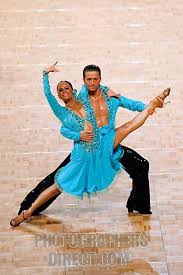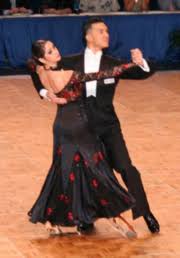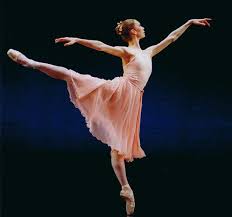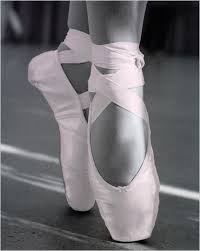I choose to write about this because I have done this type of dancing for 6 years and I have partaken in many competition all around Ireland against people from all across the world. Latin and Ballroom is dancing danced with a partner and has been around since the 16th century. Latin dancing consists of 5 dances: Samba, Cha Cha, Rumba, Jive and Paso Doble. All latin dancing is very upbeat and fast except for the Rumba, which is slow. Latin dancing is my favourite because of the cheorography and technique that comes with it is difficult to learn but i love the challenge. Ballroom dancing consists of the Waltz, Tango, Foxtrot and Quickstep. Ballroom dancing is often danced to classical music but some dances such as the Quickstep can be danced to modern music aswell with the correct beat. To partake in Latin and Ballroom competitons, you are required to wear a Latin dress and a Ballroom dress. These dresses can be very expensive due to the rhinestones on them. Hair and make up have to be done aswell.
 |
| Latin Dancers |
 |
| Ballroom Dancers |
I used to do ballet when I was younger but I quit after two years which I now regret! Ballet is a type of preformance dance that orginiated during the Itialian Renaissance in the 15th century . The first ballet school was opened in 1661, the first ballet school was opened Louis XIV. Suprisingly, only men were allowed to dance ballet until 1681 when finally women were allowed join! The most commonly danced ballet is classical. Classical ballet is often danced on point. Here are a couple of classical ballet rules:
1: A step called a 'plié' is often used and is where both legs are bent at the same time.
 |
| A Ballet Dancer |
2: Everything should be completely turned out i.e feet
3: When legs are not bent they should be completely straight or put behind in a semi classical position.
 |
| Point Ballet Shoes |